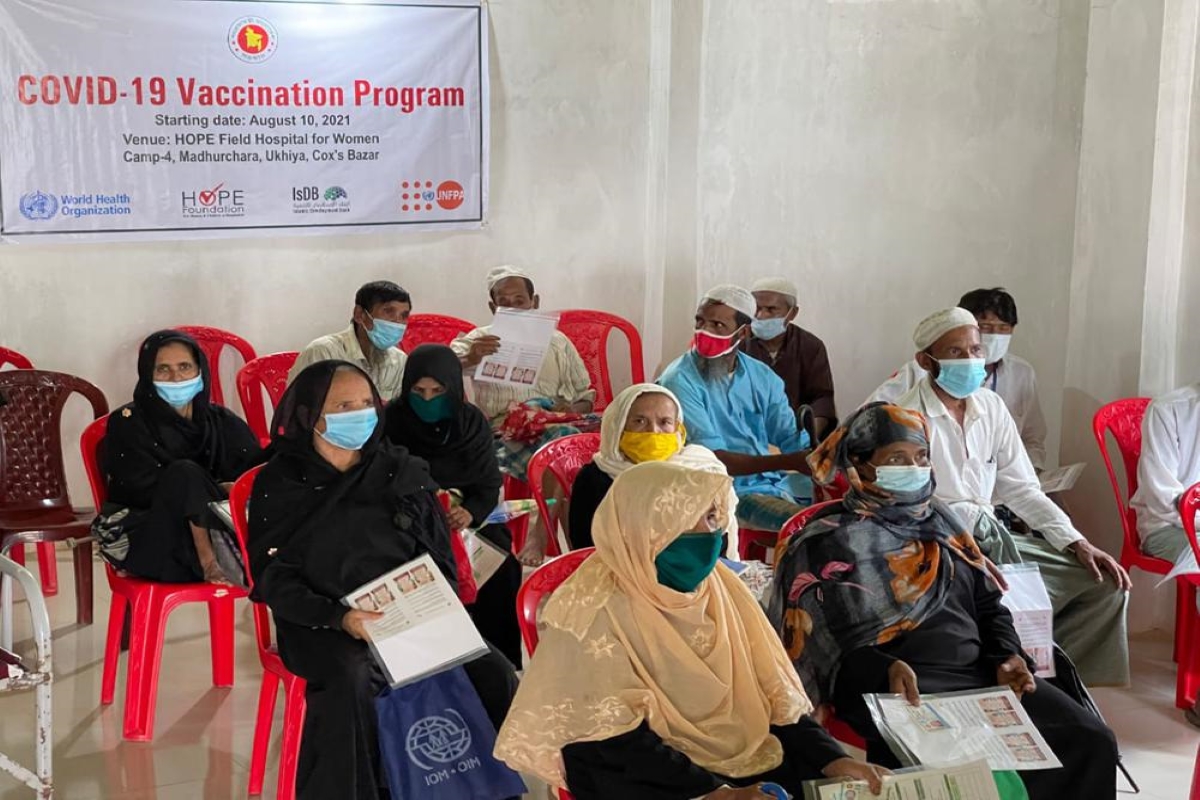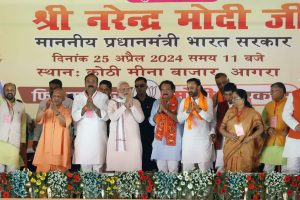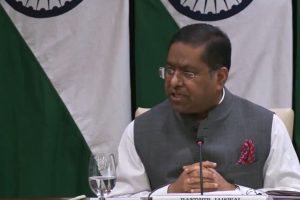Disaster-Induced displacement is symptomatic of a larger scale environmental degradation and development catastrophes across various states in India. Owing to the neo-liberal economy that has been the official policy in India since July 1991, development-induced displacement especially in North eastern India is on the rise.
With the attention now shifting to the Conference of Parties COP26 – being held in Glasgow this year, the calls for responding to climate change to prevent disasters from happening will only get louder. The GRID report, published by Internal Displacement Monitoring Committee (IDMC) this year focused on status and trends on internal displacement populations (IDPs) due to disasters.
In South Asia, around 9.2 million disaster displacements were recorded in 2020, an above-average figure for the second year in a row. Cyclone Amphan triggered nearly five million evacuations across Bangladesh, India, Myanmar and Bhutan in May, making it the largest disaster displacement event of the year globally.
Although mass migration across borders has been largely studied, understanding the impact and consequences of small-scale and localised displacement is equally important. Such a framing is necessary to understand the history of floods and displacement in the Ganges-Brahmaputra deltaic regions in India, Nepal and Bangladesh.
Climate and disaster studies investigating the social, economic, political, and environmental causes and impacts of displacement do not situate slow-onset and recurring natural hazards such as floods and riverbank erosion within the wider sociopolitical and environmental history of the region. We have evidence to show that there is a close link between overuse of natural and mineral resources after globalisation with various types of displacement. Presentday disasters are mostly human made.
Construction of embankments along floodplains to control floods and the increase in habitation for extremely marginalised and vulnerable populations in precarious geographies have added to the rise in displacement due to natural hazards such as floods, cyclones, landslides, storms and riverbank erosion. The most impacted are also women, children, elderly and disabled, often clubbed under the label of vulnerability.
Describing disaster-induced displacement as the result of climate change absolves historical injustice and systemic violence against those who have lived on the fringes generationally due to extreme poverty, racial and social prejudice, and inequities.
The inequalities in climate-related disasters are exacerbated because the underlying dynamics of power are rarely addressed in climate programmes that aim to empower women, knowing that it is a complex endeavour to examine underlying social and cultural structures in gender relations.
For instance, a decade worth of research in Assam, where people’s lives are wrecked not only due to annual floods and riverbank erosion, shows they are further marginalized by government policies on flood relief, rehabilitation for construction of embankments and dams over the Brahmaputra river.
The complex interplay of geological, environmental, historical and socio-cultural factors provides unique insights into Assam’s unique relationship with floods. The problems of sediment erosion and deposition are of gigantic proportion. From discussion with older populations in four districts within Assam – Sonitpur, Morigaon, Dhemaji and Lakhimpur – it emerged that there were spatial and geographical differences regarding when the last floods had occurred.
What distinguishes a severe flood from regular ones also depends on what caused the floods – heavy rains, embankment breaches or high-water level in the river and its tributaries. In ‘The Unquiet River’, Arupjyoti Saikia, an Assamese scholar-historian, draws attention to the fact that historically, different population groups relied on mobility as they adapted themselves to the river’s rhythms of annual floods and recession. Since mobility was commonplace, there was no need to build embankments.
Hence it becomes important to move beyond ascertaining the causes and consequences of local flooding and waterlogging and instead understand the phenomenon to address the causal mechanisms that exacerbate damaging floods for rural livelihoods. Hence to call these floods as natural disasters and climateinduced is an act of diversion from real policy issues. By the time you read this, COP26 will have seen several world leaders eyeing space at the podium and the world waiting to hear declarations and agreements for measures to keep the rise in temperature below 2.5 degrees Celsius.
The voices of those who get amplified will rarely reflect the realities of those living on the margins and bearing the brunt of a warming planet.
(The writer is Associate Professor at Jindal School of Environment and Sustainability, OP Jindal Global University)











